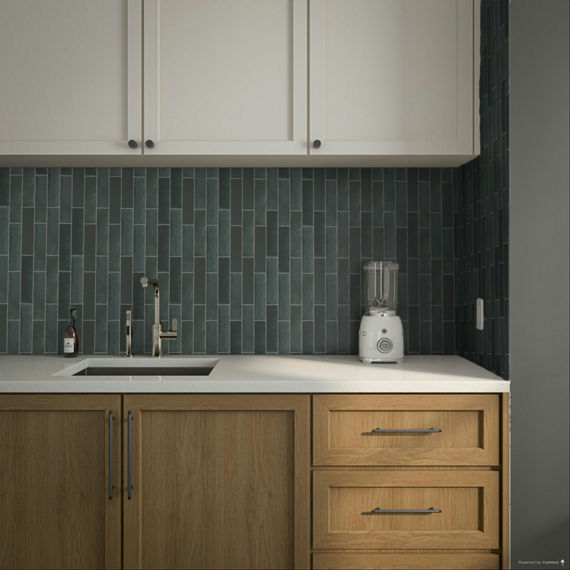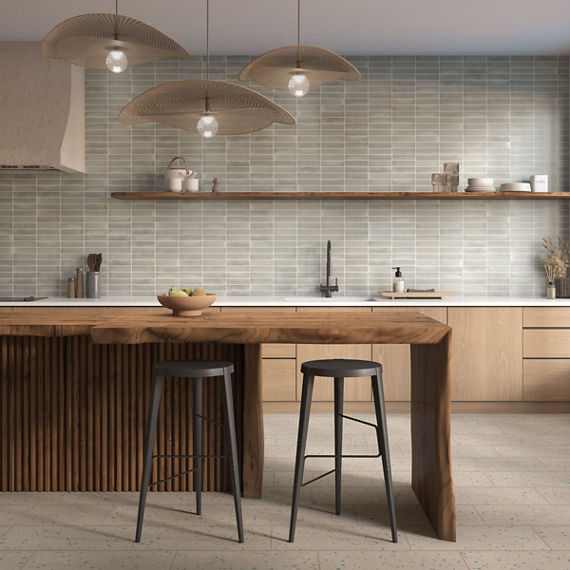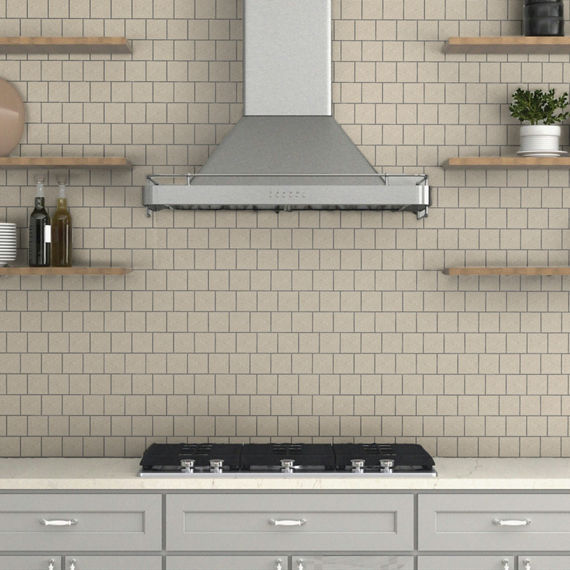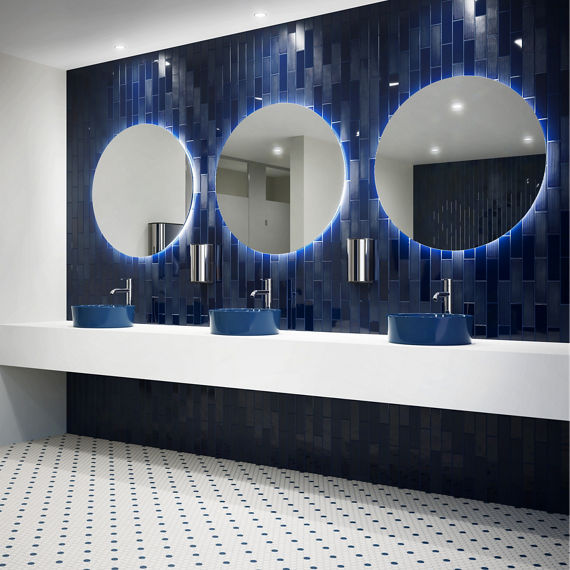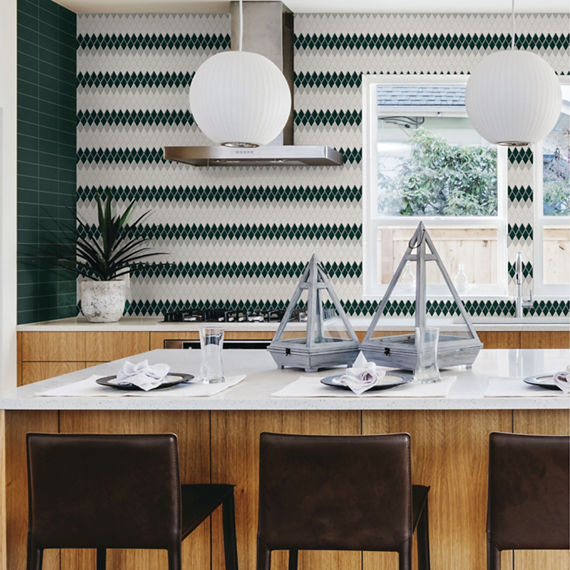Shape, Color, Finish: Crafting the Perfect Kitchen Backsplash
The kitchen is where life happens—from quiet mornings and quick meals to late-night conversations and weekend entertaining. And while function is key, design is what makes it feel like yours. One of the easiest and most exciting ways to express your personality in the kitchen? The backsplash.
A tile backsplash pulls double duty. It protects your walls from splashes and spills, but it also brings color, texture, and character into the heart of your home. Whether you’re starting fresh or renovating with intention, here’s how to craft a kitchen backsplash that’s every bit as stylish as it is smart.
Be Unique with Color or Shape
Your backsplash is the ideal place to make a statement. Unlike large surfaces like floors or cabinets, this smaller zone lets you play with bold ideas without overwhelming the room.
Want to add energy to an all-white kitchen? Try a rich green, inky blue, or terracotta tile. If color feels like too much, experiment with shape—picket, hexagon, arabesque, or even fluted mosaic tile instantly adds visual interest. You can also mix and match shapes within a consistent color palette to create a custom look with extra depth.
Extend the Drama
Tiling to the ceiling adds height, drama, and cohesion to the space, and makes the entire wall a focal point. Bonus: it’s easier to clean than painted drywall, especially near the stove.
Want a modern, minimalist look? Use a single tile color from countertop to ceiling. Prefer something artistic? Try a patterned or dimensional tile to create a backsplash that’s practically a work of art.
Add Character with Layout and Grout
To take it one step further, play with grout. A contrasting grout color outlines each tile, drawing attention to the shape and pattern. A matching grout, on the other hand, creates a more seamless, polished feel. Grout isn’t just practical—it’s part of the design.
Mix Finishes and Textures
Try combining glossy and matte finishes for a subtle sheen contrast or mix smooth tile with lightly textured options for a tactile element that catches light differently throughout the day.
For added dimension, consider 3D or sculptural tile to give your backsplash a unique edge without adding more color or pattern. It’s a sophisticated way to elevate a neutral palette.
Form Meets Function
Unlike wallpaper or paint, tile is built to last and withstand the demands of everyday life. And when your backsplash looks this good, you won’t mind showing it off.
Ready to Create a Kitchen That Reflects You?
From bold shapes to subtle textures, the perfect backsplash is just the beginning. If you’re looking for more inspiration or need help pulling your look together, check out our guide to designing your dream kitchen—it’s full of ideas, and tile suggestions to make the process easier every step of the way.


